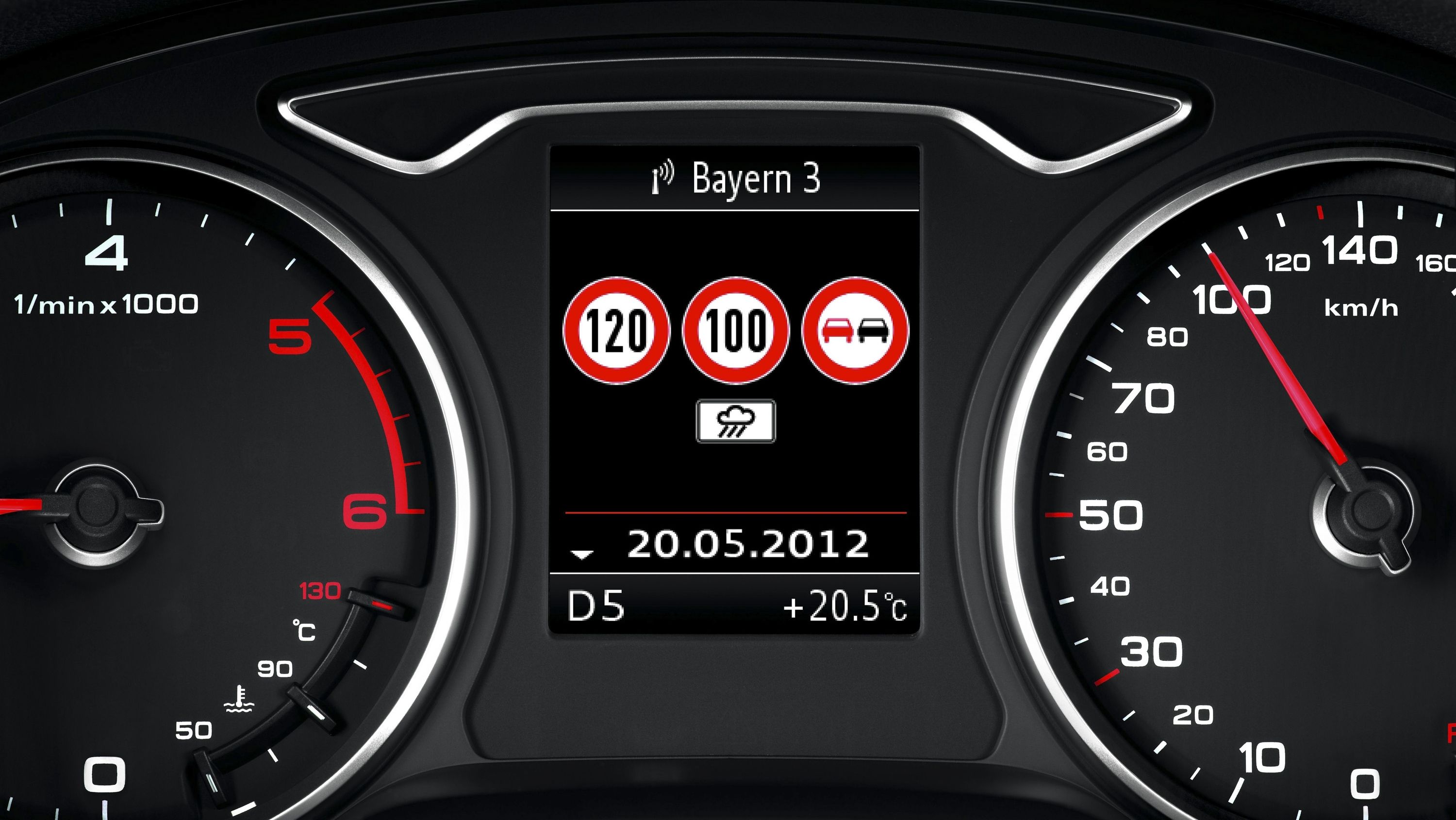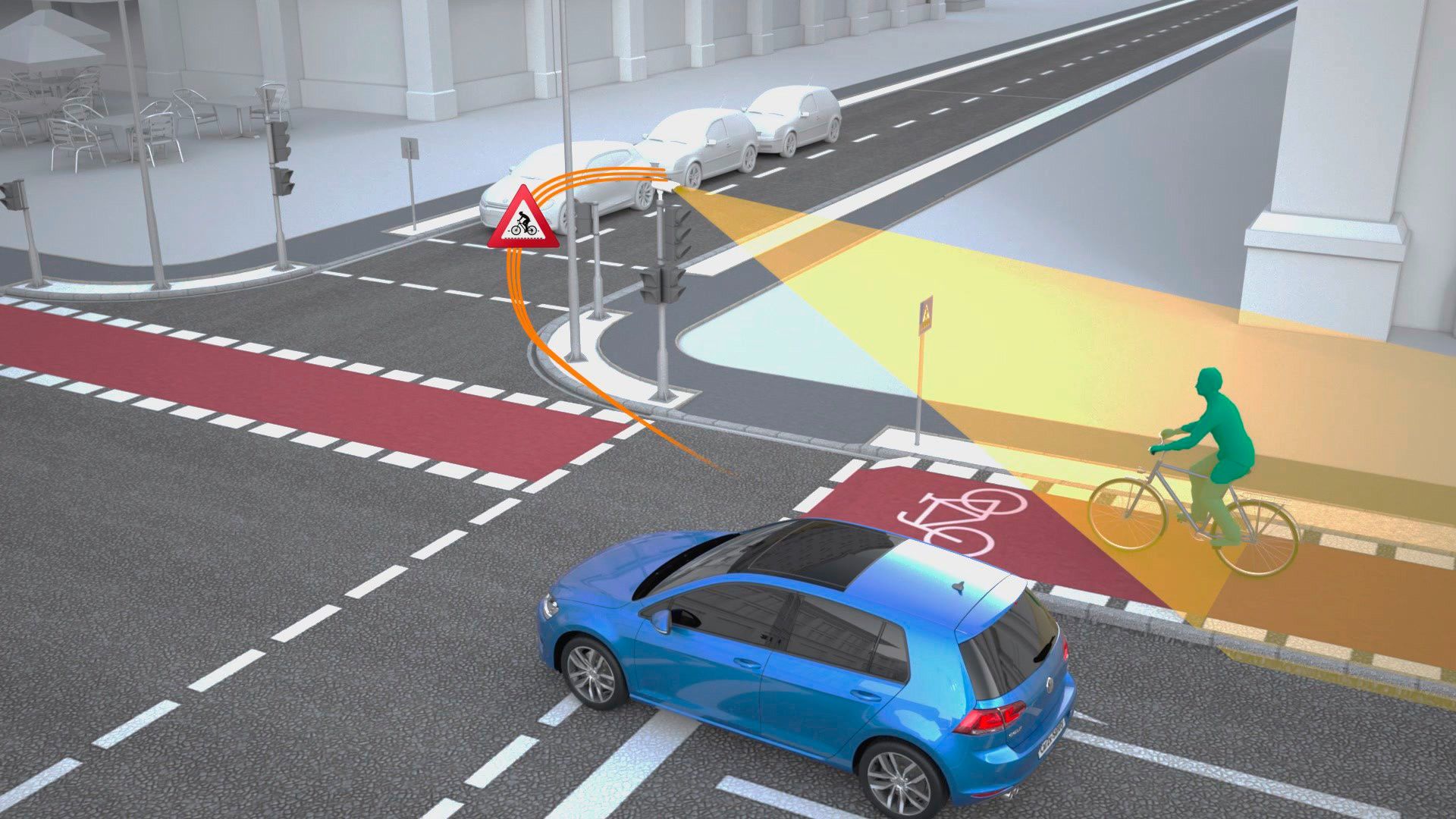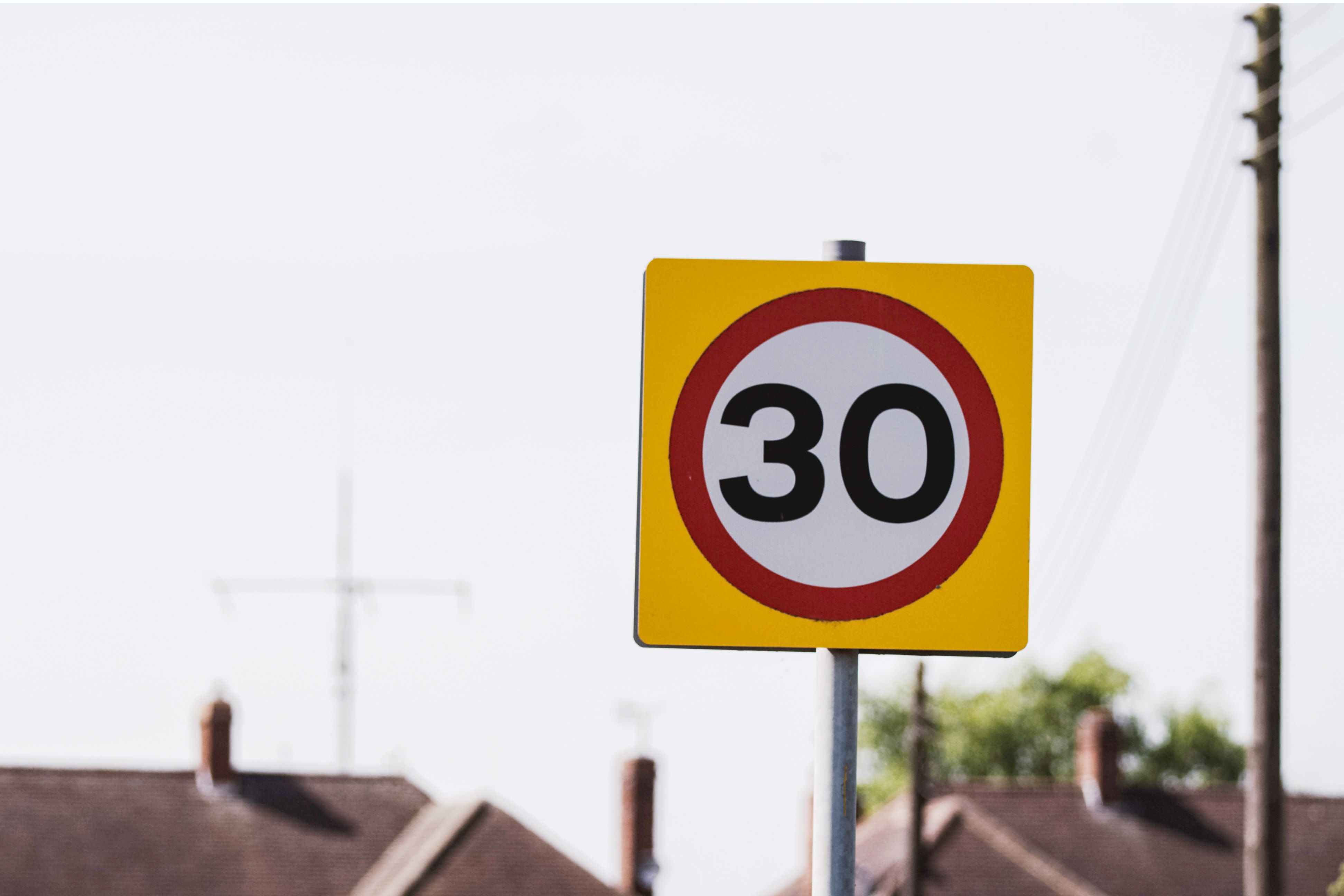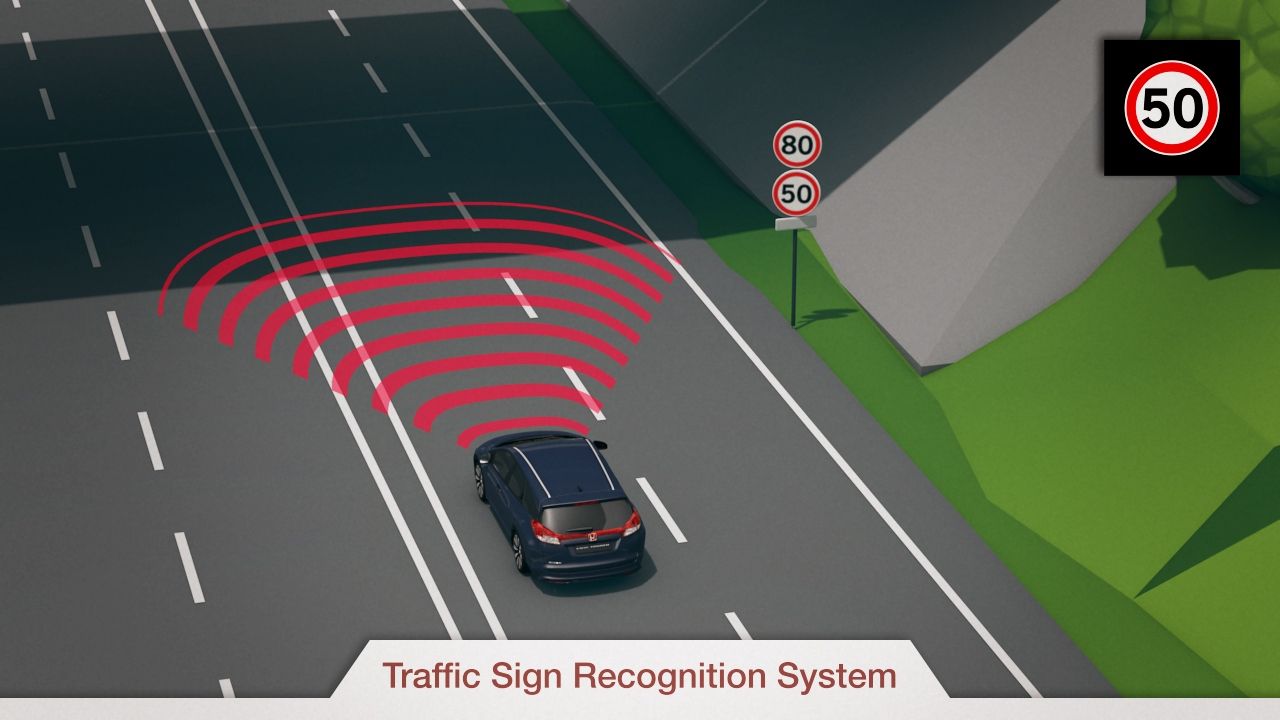The world's top automakers are working towards creating a technology that would allow cars and traffic signals to communicate with each other. This way, there won’t be any major congestion, carbon footprint would be reduced, and there would be fewer accidents. Given the traffic conditions, this is the need of the hour, but is it feasible while humans are still behind the wheel and in control?
Every Automaker Is Innovating In Its Own Way
Companies like Ford, Honda, BMW, and Volkswagen are working towards creating such technologies.
Other companies have their own ways of developing the technology. Describing it in a nutshell, Franz Schober said, "BMW has a counter, which counts down 5 - 4 - 3 - 2 - 1 second to green, while Mercedes says 'if you drive between 32 and 52 kilometers per hour, you'll get green”. Honda revealed its "smart intersection" technology last month in Ohio, where four cameras would be mounted in each corner of an intersection, creating a 360-degree birds-eye-view of cars and pedestrians moving around. That data was then sent to connected cars and decoded by their onboard computers. When necessary, the system provides visual and audible alerts to the driver.
Ford also unveiled its technology earlier this month.
Basic Principle
The system uses Wi-Fi and sensors to determine that exact location of the vehicle and is said to be more accurate than the system used in smartphones. Emission levels will go down as there won’t be any unnecessary starting and stopping. Cars produce more emissions when they are idling than when in motion. The technology would also help improve safety by transmitting information about traffic conditions directly to the driver.
Conclusion
Although the idea seems promising, it requires all automakers to work together to make this a reality. They can’t have one car with the technology and others on the road without it. There are still a lot of hurdles to be cleared, but at least companies have taken baby steps towards it. Since it requires every single car on road to work in tandem, can it become a reality any time soon? Share your thoughts in the comments section below.
Further reading
Read more technology news.




